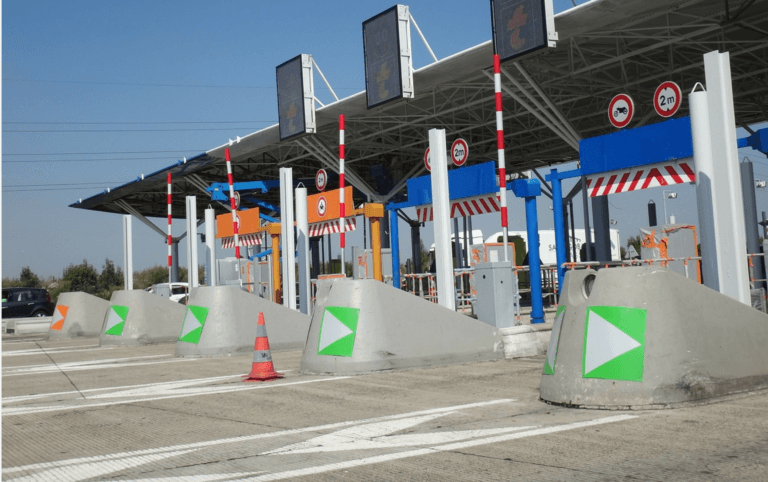Transaction rates on the Bitcoin network are approaching all time highs, even as transaction fees remain noticeably low, data from the Bitcoin blockchain show today.
 (source: Blockchain.com)
(source: Blockchain.com)
Based on the data, we can see that the last time average transactions per block approached today’s level – well above 2,000/block – transaction fees were far higher. Whereas today only 17 bitcoin total have been paid as miners’ fees from the entire Bitcoin network, over a thousand bitcoin were paid to miners during the very beginning of 2018 – during the height of Bitcoin’s mania and price explosion.
Why?
Although using Bitcoin for an end user is fairly simple and easy, the process of collecting, sending, and mining transactions is actually pretty complex. Thus, it is not immediately intuitive to understand these trends.
To balance these charts, it’s also instructive to look at total (confirmed) transactions per day on the network:
 (source: Blockchain.com)
(source: Blockchain.com)
Although this chart is not quite as dramatic, we can still observe a rising rate of daily transactions on the network. There are several factors that might explain the fall in transaction fees.
The first and most obvious answer is a lack of overall demand for bitcoin. We can clearly see this reflected in the price of bitcoin and other cryptoassets, and less demand for the coins themselves presumably translates into less demand for transactions – and thus mining power. The chart below illustrates this trend, in terms of total rewards per transaction for a miner (in USD).
 (source: CryptoCompare)
(source: CryptoCompare)
Research conducted last year by blockchain analyst and blogger Hasu – suggested that an increase in batching of Bitcoin transactions was leading to more efficient Bitcoin blocks. More efficient blocks – fuller blocks – means overall less demand for mined blocks, and thus lower fees paid to the miners.
This seems consistent with the charts: If overall transactions per day are slightly lower now versus one year ago – on its own a contemplation-worthy statistic – but block efficiency is roughly equal, we would expect less demand for blocks and lower fees.
Another potential gloss on this observation is the significant increase in the adoption of SegWit, or Segregated Witness. Although SegWit does not make blocks smaller – it actually makes them bigger – SegWit increases the transaction capacity of a block by about two times, thus making SegWit blocks potentially more efficient.
While at the start of January 2018 SegWit blocks represented only about 15% of transactions, they now linger in the region of 40% – and have got up as high as 54% at one point in the year.
This combination of increased efficiency and low demand may well explain what’s going on in the charts.
(Featured image from Pixabay)









